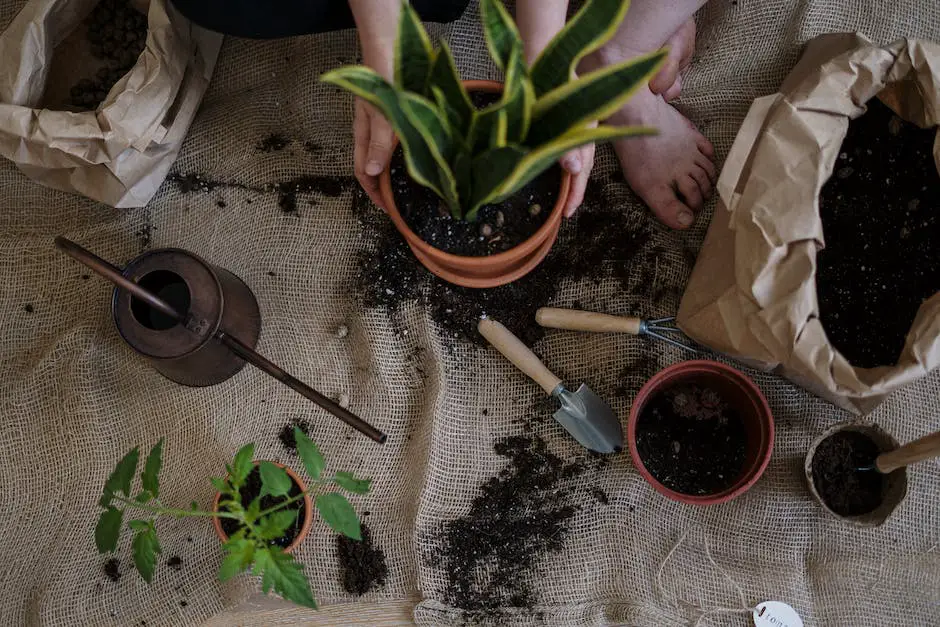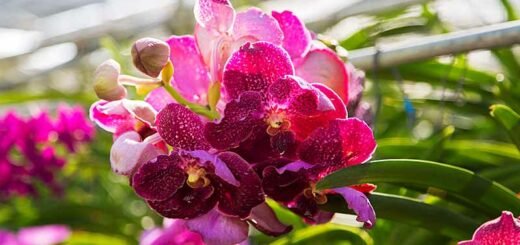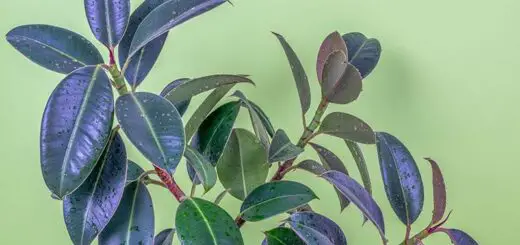Mastering The Perfect Watering Schedule for Your Houseplants
Nurturing houseplants to thrive and bloom is an endeavor that brings joy to many. Creating the perfect abode not only for ourselves but also for our green little friends requires a grasp of their individual needs, particularly in terms of water. Each species of houseplant has its unique water requirements, which vary dramatically. One crucial aspect to grow flourishing houseplants and prevent them from drying out or succumbing to diseases is the mastery of effective watering schedules. This understanding enables us to achieve a harmonious indoor pot culture: a space wherein our leafy companions can solely grow but flourish.
Understanding Different Houseplant Water Needs
Understanding Water Needs of Different Houseplants
Each houseplant has specific water requirements which depend on its species, size, and environmental conditions. The water needs are typically classified into three categories: high, moderate, and low. High water need plants require regular watering and maintaining consistently moist soil. These include ferns, polka dot plants, and prayer plants.
Moderate Water Requirement Plants
Moderately water-requiring plants need watering when the top few inches of soil feels dry to the touch. These include pothos, rubber plants, philodendrons, and dracaena.
Low Water Requirement Plants
Low water requirement plants are often drought-tolerant and prefer to dry out entirely between watering. These include succulents, cacti, snake plants, and ZZ plants.
Identifying Thirsty Houseplants
Thirsty plants showcase different signs, such as wilting, browning, leaf drop, and slowed development. Regularly check plants to identify these signs. If you observe any of these, gradually increase the watering frequency.
Individualized Watering Schedules
After understanding the water needs of your individual plants, create a watering schedule accordingly. Plants with high water needs will likely need to be watered more than once a week, while moderate water need plants may need to be watered once a week or less.
Use of Moisture Meters
Moisture meters are useful tools for ensuring that you’re watering your plants accurately. These devices are especially helpful for plants with deeper root systems, where finger-testing for soil moisture might not be accurate.
Seasonal Water Requirements
Keep in mind that watering needs often change with the seasons. During warmer months, you might need to water more often due to increased evaporation. Conversely, in cooler months or during periods of less sunlight, watering frequency can often be reduced.
Use Proper Watering Techniques
Always water the plants thoroughly until water starts to drain from the bottom. This ensures that water reaches the entire root system. Avoid overwatering as this can lead to root rot and other diseases.
Remember, the best approach to creating a watering schedule is to understand each plant’s individual needs and monitor their well-being regularly. An attentive gardener is often a successful one.

Creating a Personalised Houseplant Watering Schedule
Understanding Your Houseplants’ Water Needs
Start by understanding the specific watering needs of each of your indoor houseplants. Different species and varieties of plants have varying water requirements. For example, most succulents and cacti need less water than tropical plants. Check the plant tags or look up plant information online for specific care instructions. Your plants’ watering needs may depend on factors like their size, growth rate, and the size of their root systems. Also, remember that the amount of water your plants need can change as they grow and mature.
Create a Weekly Watering Schedule
Begin forming your personalized watering schedule by selecting a week of the month to start. Try watering your plants on specific days of the week to help you remember when each plant needs water. If your plant needs to be watered once every two weeks, for example, you could set a schedule to water it every other Wednesday. For plants that need watering every few days, you may need to rotate those between different days of the week.
Monitor Your Plants for Overwatering and Underwatering Symptoms
Overwatering and under watering can harm your houseplants. Over-watered plants may have yellowing leaves and a moldy or moist odor, while under-watered plants look dry, shriveled, and may have brown leaf tips. By monitoring the appearance of your plants, you can learn how to adjust your watering schedule accordingly. Take note of how your plant appears before and after watering: if it perks up significantly within a few hours after watering, it may not be getting enough water.
Adjust Your Watering Schedule Based on Seasonal Changes
Plants may need more water during warmer seasons and less water during colder ones. Your indoor temperature and humidity can also affect how quickly the water evaporates from the soil. Heat dries out plants and soil faster, so you may need to water your plants more frequently during summer. In contrast, your plants may need less water in the wintertime if your indoor space is cooler or has lower humidity.
Learn How to Adjust Watering Based on Plant Growth
When plants are actively growing, they typically require more water. Most houseplants go through a growth period in the spring and summer, during which you may need to water them more frequently. On the other hand, many plants go dormant in the fall and winter and may require less water. Keep an eye on your plants’ rate of growth and adjust watering as needed.
Maintain a Watering Log
A watering log can be an invaluable tool for keeping track of when you last watered each of your houseplants. Make note of the date, the amount of water used, and any significant changes in your plant’s appearance. Observing and recording these changes can help you gauge whether your current watering schedule is working or if any adjustments need to be made.
In conclusion, creating a personalised houseplant watering schedule can be a fulfilling experience. It takes time and observation to understand the unique watering needs of each plant. However, doing so will ensure that your houseplants get the right amount of hydration at the right time, which is crucial for their overall health and longevity.

In the journey of becoming a skilled indoor gardener, knowing when and how much to water your houseplants goes a long way. An understanding of each plant’s water needs, coupled with the right watering schedule, leads to healthier houseplants and a more vibrant indoor environment. Every drip or pour of water becomes a vital life source. Hence, being able to master the art of watering houseplants not only brings aesthetic rewards but also cultivates our relationship with nature, right inside our homes. As we turn the pages of our indoor horticulture journey, let’s continue to understand, learn, adapt, and above all, enjoy the process of fostering houseplants and their distinct watering needs.



